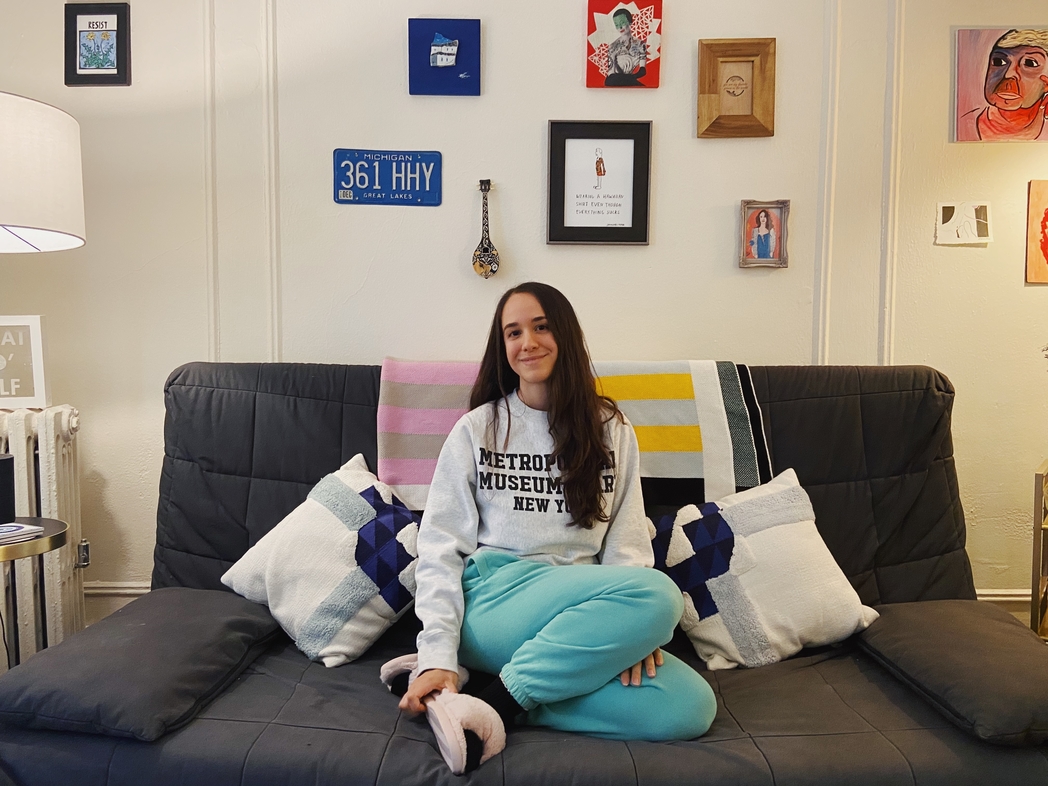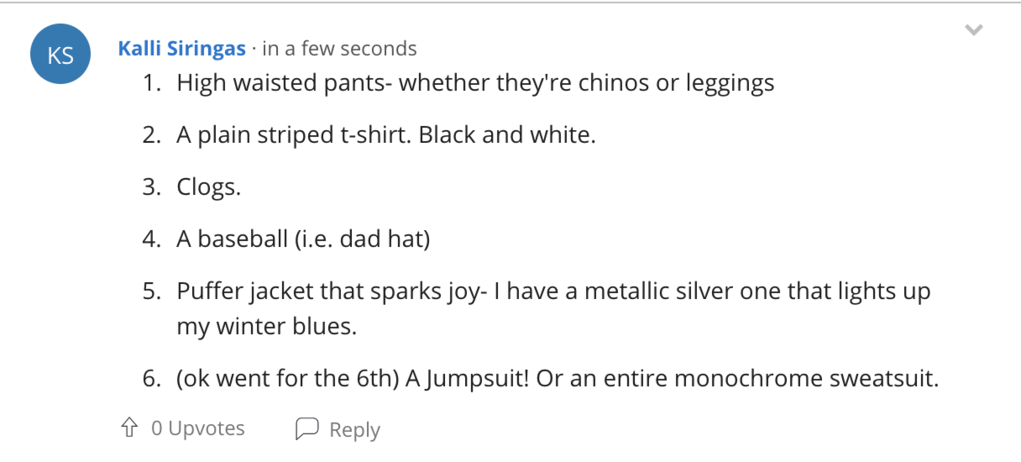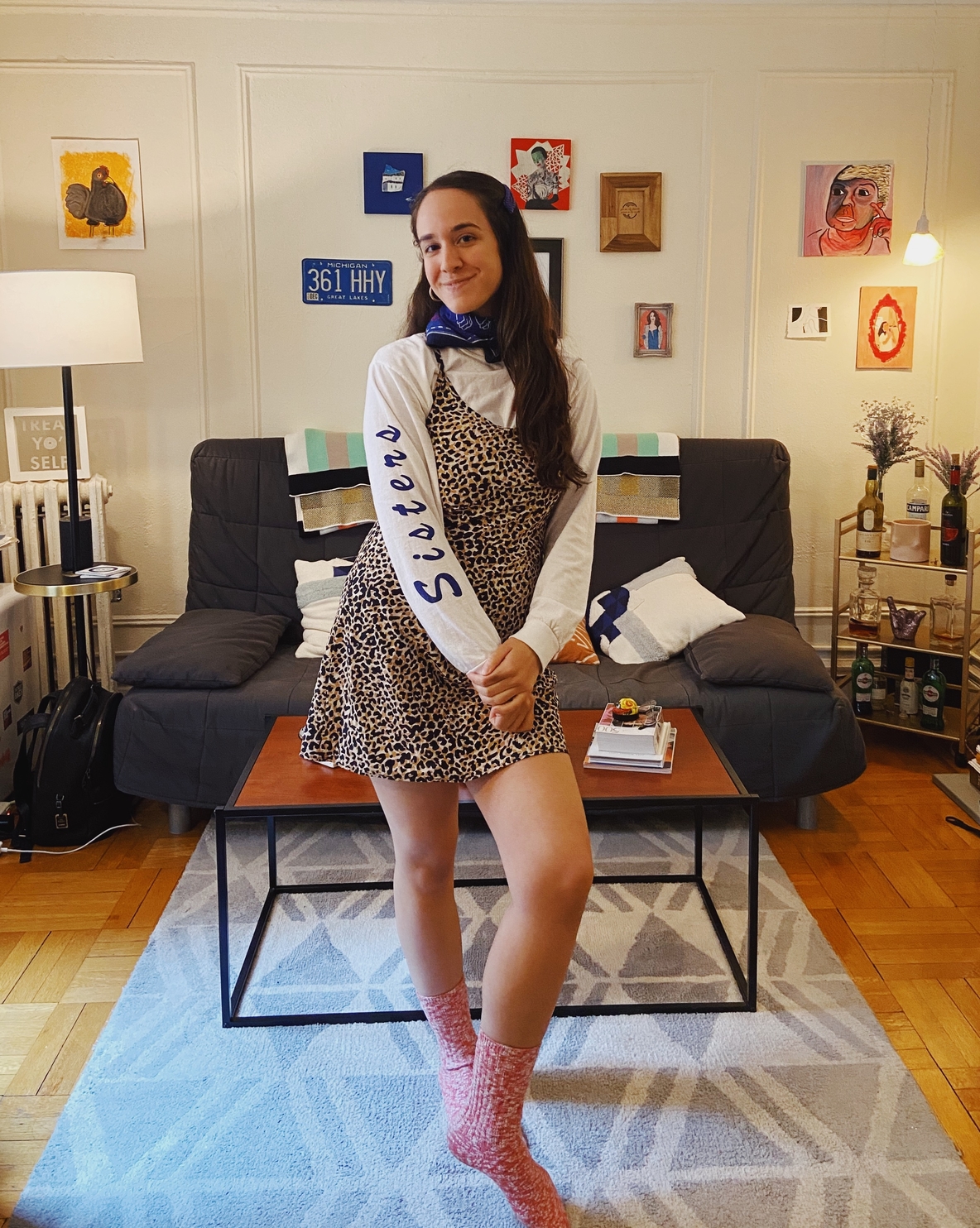
As social distancing has most New Yorkers shut inside their homes, popular life hacks like dressing from the waist up or wearing “day sweats” vs. “night sweats,” can maintain a small sense of normalcy in quarantine.
There are some things however, I’ve lost sight of: What was it like to wear shoes for a full day? My feet don’t remember.
In an attempt to be inspired by my clothing again, I signed up for a virtual class called “Fashion as Design” offered by MoMA Learning and CUNY Arts. The classes are free for CUNY students, and provide a small distraction from the daily news and hourly sirens, so I went for it.
A variety of MoMA offerings like “Postwar Abstract Painting,” “Seeing Through Photography” and a class that asks the question: “What is Contemporary Art?” are also available on the platform Coursera, one of the largest MOOCs (Massive Open Online Courses). Each tutorial totals 20 hours, but because the lectures are pre-recorded, it allows for flexible deadlines and the opportunity to start whenever you want.
The course is suggested to run for seven weeks, featuring three to ten minute instructional videos, designer studio visits, a mixture of pop culture and scholarly readings and interviews with different makers and architects. Before beginning the class, students have the option to audit the class for free, or pay $49 in order to receive a certificate and individual feedback from the instructors on your work. I feel good about my choice to audit, as a fashion novice without $49 to spare.
I feel good about my choice to audit, as a fashion novice without $49 to spare.
With over one million recent views of the course page and 118,335 enrolled (a 4,000 person enrollment jump from just the day before), it’s difficult to make the class feel intimate. The experience is more what you make of it, instead of collaborative. Each week ends with an optional writing prompt where hundreds of responses pile up on the discussion boards every few minutes. Students have the ability to “upvote” (like) or “reply,” but many of the posts in “Fashion as Design,” are without comments. Although I read the first few posts, I found myself scanning over others writing and following the trend of non-engagement.
The class can pass by relatively fast and the work is interesting but It wasn’t an easy course. This isn’t something to take if you’re feeling overwhelmed or behind in classwork, but instead looking for a fun distraction that uses your brain. There are also multiple sections of reading to memorize that you will be quizzed on by the end of each lesson.
In order to move onto the next week, you had to pass a 10 question quiz with an 80% or higher, and could retake the quiz three times every eight hours. Luckily I was able to move through the weeks at a slightly faster pace with my current escapist energy.
“The idea is also that certain garments can make you stand up taller, even feel bigger if you’re small.” – Paula Antonelli, senior curator of architecture and design at MoMA
The first optional assignment instructed us to create a list of three to five items that we consider significant in our wardrobe. The exercise was derivative of MoMA’s 2017 exhibition, “Is Fashion Modern?” where they compiled 111 garments and accessories that shaped fashion in the 20th and 21st centuries.
The class thrives on the expertise from the curators of “Is Fashion Modern?” who double as our instructors. Although both were put together in 2017, the idea that clothing can change how you feel, especially in times of quarantine, is still a helpful tool. “The idea is also that certain garments can make you stand up taller, even feel bigger if you’re small,” said Paula Antonelli, the senior curator of architecture and design at MoMA.

I found that writing down items that used to be a part of my everyday life felt like saying “hello” to an old friend. It was a nice change of pace from my current variation of sweatpants, sweatshirts and when i’m feeling brave, blue jeans.
The class also made me interested in the staples of my closet. I became more thoughtful about a simple t-shirt or motorcycle jacket. Suddenly, I felt like investigating where the items were made, and by whose hands? Not only were there socioeconomic indications from the course, but an intersection of fashion, design and history. For example, I learned that trench coats got their name from British soldiers who originally wore them during trench warfare in WW1. A very different scenario than Humphrey Bogart mysteriously wrapped up in a trench coat, in the rain.

From coats in my closet to the slippers on my feet, the class provided insight on the tangible things in my apartment. I appreciated that in a time where everything else outside feels slightly out of control. The course served as a privileged reminder that life, ideas, and creativity goes on, even during a global pandemic.
It wasn’t the most life changing class I’ve ever taken, but it did fill up my quarantined days in a new and refreshing way. I was able to look at the things surrounding me with fresh eyes, even if New York has been sheltered in place for over a month.
When I finished the course, I tore through my closet trying on different combinations of things, and felt a little hopeful for the day I get to take my clothes out for a spin again. Maybe even for a walk over to the couch.









